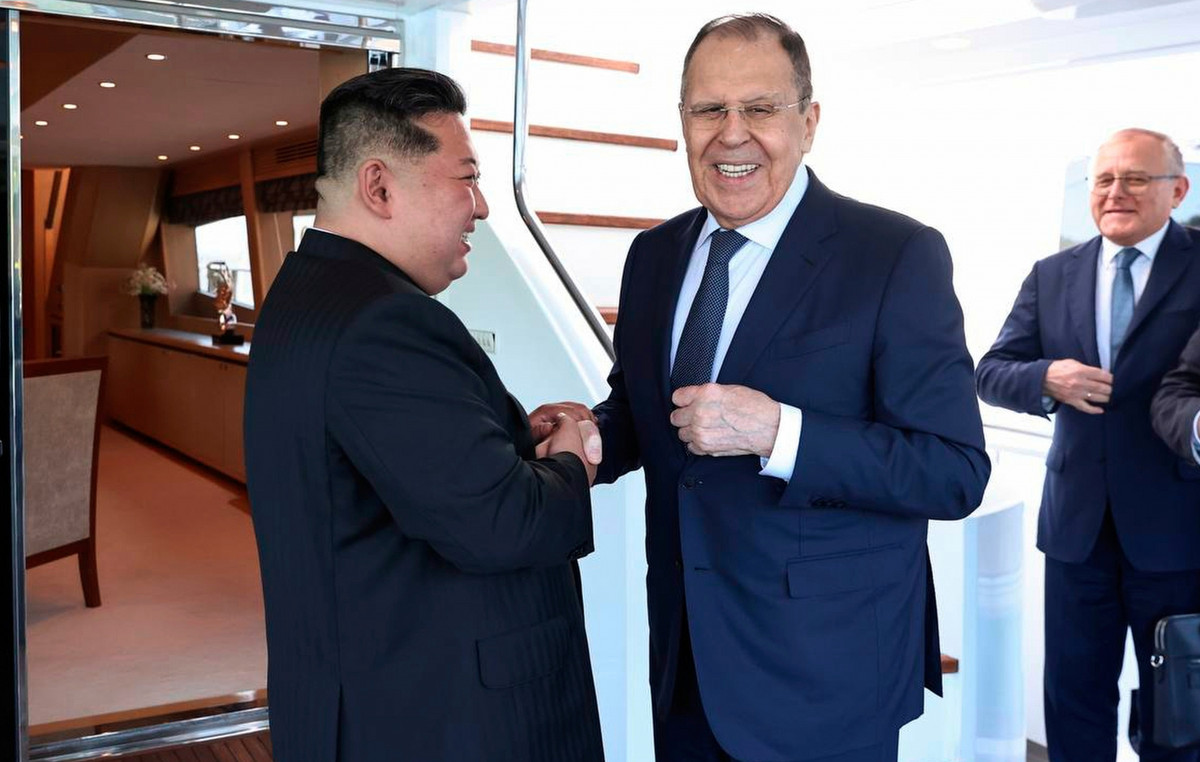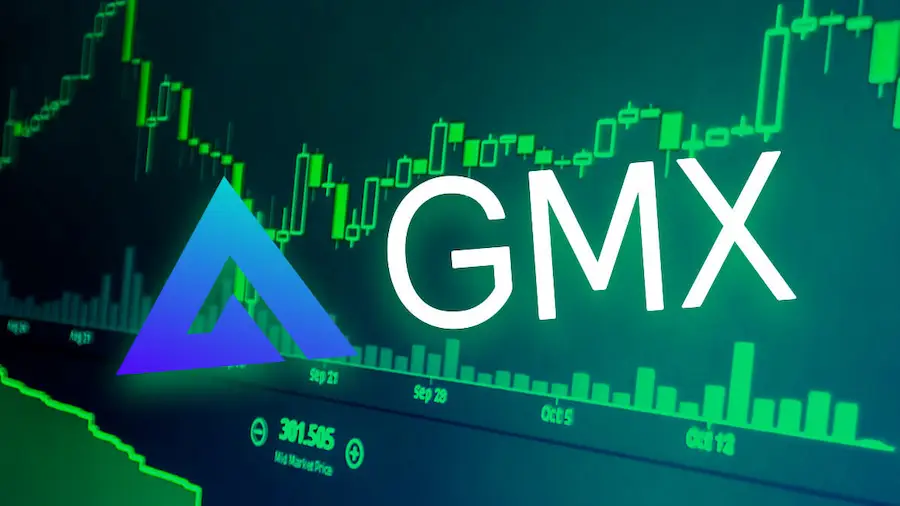US Federal Reserve Chairman Jerome Powell delivers the Semiannual Monetary Policy Report and answers questions before the Senate Banking Committee on the first day of his testimony before Congress.
Key points
“We have significant housing problems in the country.”
“The pandemic has created new distortions in housing.”
“Our tighter policy is having an effect on housing activity.”
“For housing supply, the best thing we can do is reduce inflation.”
“The record is clear that central bank operational independence serves the public well.”
“This is a choice we make as a country and it is a good choice.”
“Our economy has been exceptional compared to its global peers.”
US Dollar FAQs
The United States Dollar (USD) is the official currency of the United States of America, and the de facto currency of a significant number of other countries where it is in circulation alongside local banknotes. As of 2022, it is the most traded currency in the world, accounting for over 88% of all global foreign exchange transactions, equivalent to an average of $6.6 trillion in transactions per day. Following World War II, the USD took over from the British Pound as the world’s reserve currency.
The single most important factor influencing the value of the US dollar is monetary policy, which is determined by the Federal Reserve (Fed). The Fed has two mandates: to achieve price stability (control inflation) and to promote full employment. Its main tool for achieving these two goals is to adjust interest rates. When prices rise too quickly and inflation exceeds the Fed’s 2% target, the Fed raises rates, which helps the dollar. When inflation falls below 2% or the unemployment rate is too high, the Fed can lower interest rates, which weighs on the dollar.
In extreme situations, the Federal Reserve can also print more dollars and enact quantitative easing (QE). QE is the process by which the Fed substantially increases the flow of credit in a jammed financial system. It is an unconventional policy measure used when credit has dried up because banks are not lending to each other (for fear of counterparty default). It is a last resort when simply lowering interest rates is unlikely to achieve the necessary result. It was the Fed’s weapon of choice to combat the credit crunch that occurred during the Great Financial Crisis of 2008. It involves the Fed printing more dollars and using them to buy US government bonds, primarily from financial institutions. QE typically leads to a weakening of the US dollar.
Quantitative tightening (QT) is the reverse process whereby the Federal Reserve stops buying bonds from financial institutions and does not reinvest the principal of maturing securities in new purchases. It is generally positive for the US dollar.
Source: Fx Street
I am Joshua Winder, a senior-level journalist and editor at World Stock Market. I specialize in covering news related to the stock market and economic trends. With more than 8 years of experience in this field, I have become an expert in financial reporting.







